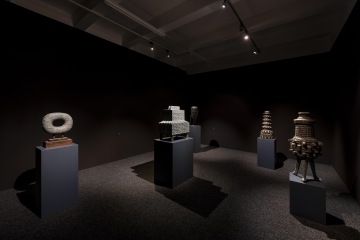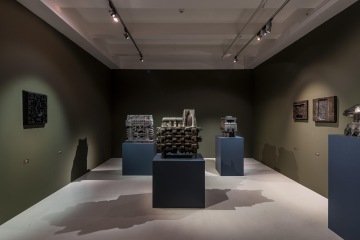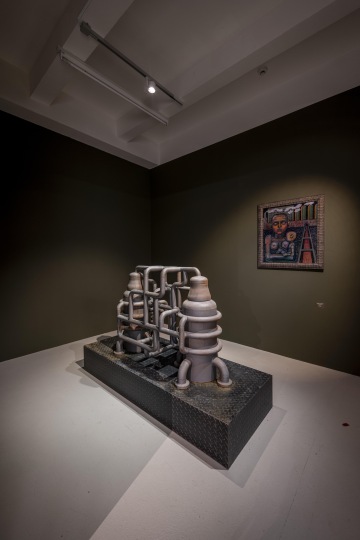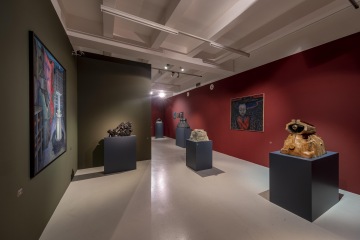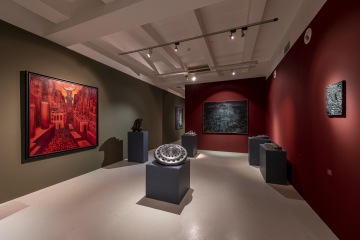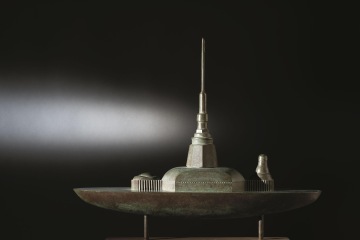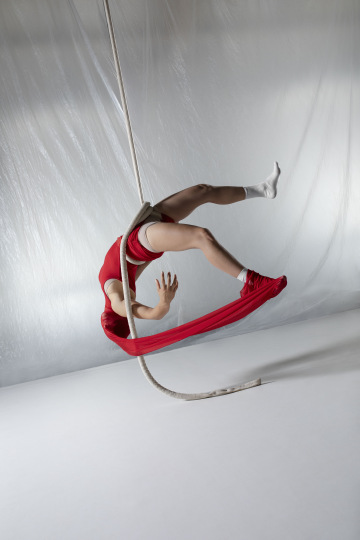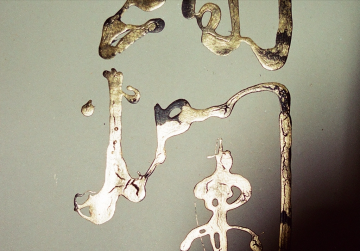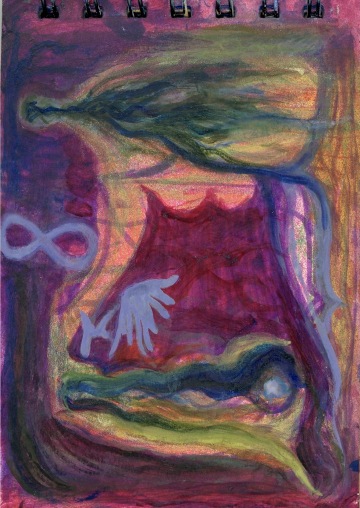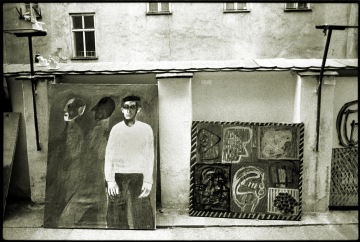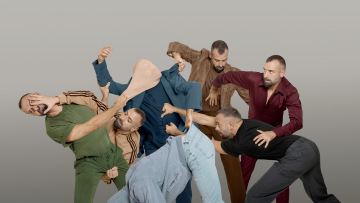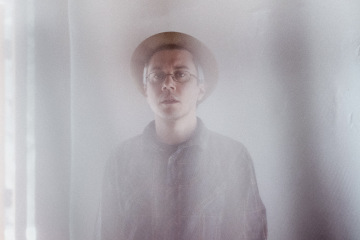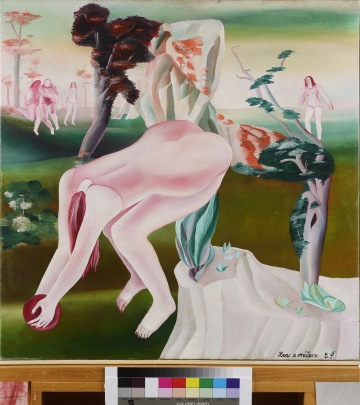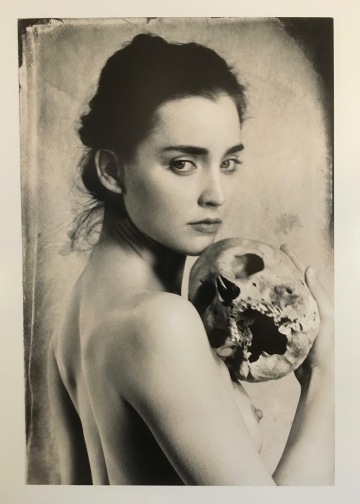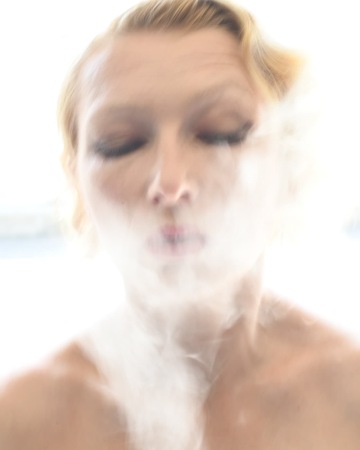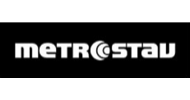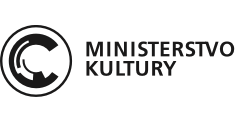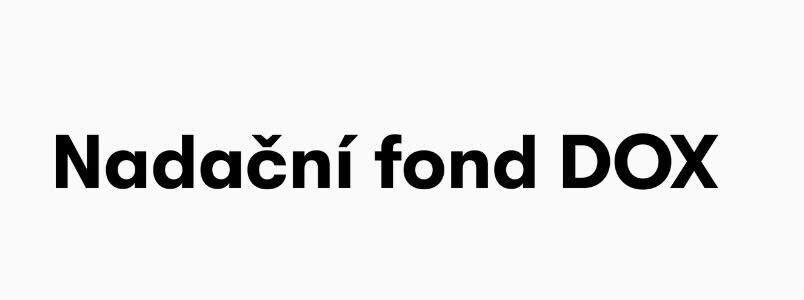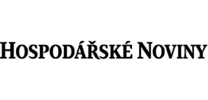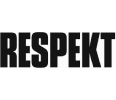We’re open to all, now also you
Tickets to all current exhibitions are also available on-line.
DOX Centre for Contemporary Art
Poupětova 1, Prague 7
Show on map
Exhibition is extended until 12 June 2022.
In the shadow of Jaroslav Róna’s painting and monumental sculpture, another key part of his work has remained until now – non-figurative sculptures in the form of models of buildings, landscapes and machines, which he has been creating continuously from the beginning of his artistic career in the mid-1980s to the present day. The artist himself calls them ARCHITECTONS, a term he borrowed from Kazimir Malevich, who used them to describe his suprematist architectural models.
In addition to reliefs of buildings and landscapes and means of transport, the iconography of the architectons concentrates on three thematic elements: fortification/defense, sanctuary/ritual/ and machine/industry. Some of these sculptures have thematic counterparts in the urban ruins and abandoned buildings of Róna’s paintings and can be seen as expressions of a shared apocalyptic imagination. As sculptural models, architectons oscillate between the past and the future: together they can refer to dystopia and visionary utopia; they can represent archaeological models of long-vanished and forgotten civilizations or conceptual studies for the future.
Even in their form, the architectons evoke archaic sculptural patterns. Although they were in fact created by playfully combining disparate parts, they share a monolithic immobility, while the bronze lends them a classical spirit. The compactness of the form masks the complex creative and technological process by which the architectons are created. It is based on a model that the sculptor creates using the method of assemblage from found objects or fillings and packaging of goods. He then modifies this base in various ways – adding hints and shapes – using wax. The model thus prepared then travels to the workshop and foundry of the artist’s collaborators, where it is transformed into a bronze sculptural object using a variant of the ancient “lost wax” method.
The way in which Róna’s architectons combine the poetics of found objects with the technological precision and archaic connotations of sculptural form, as well as the multilayered associations, makes them a unique collection even in the context of contemporary international sculpture.
